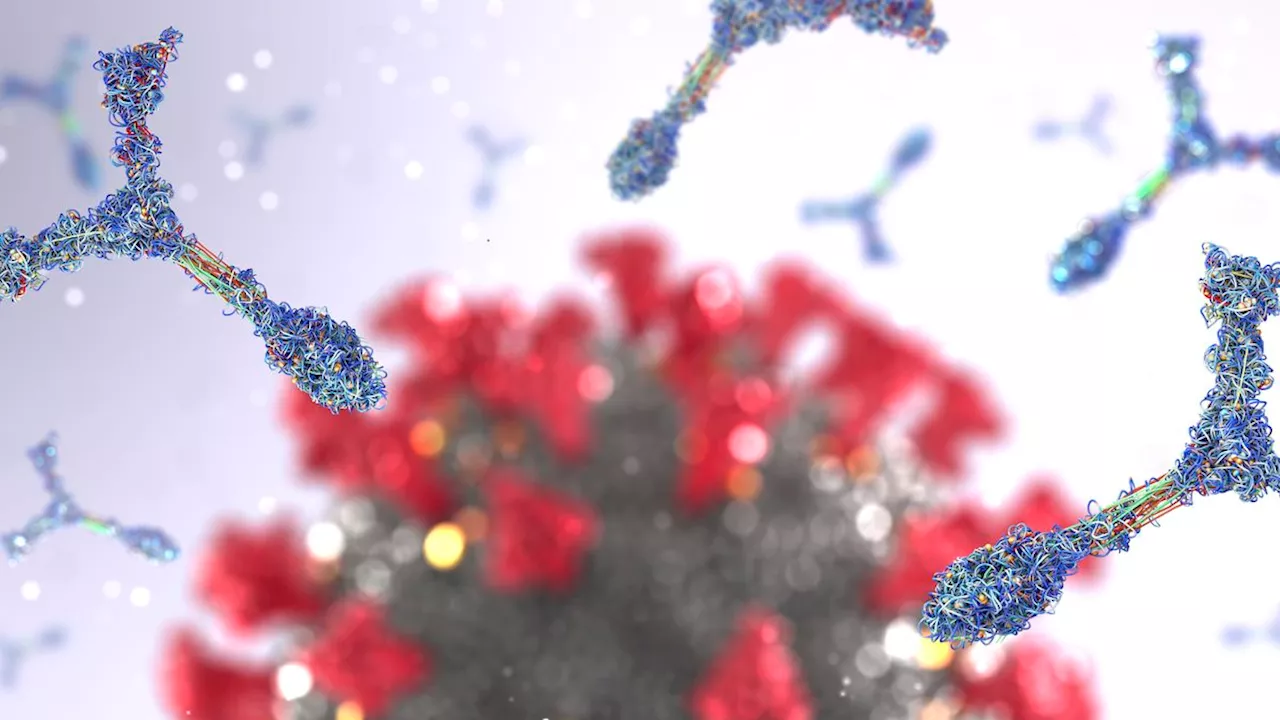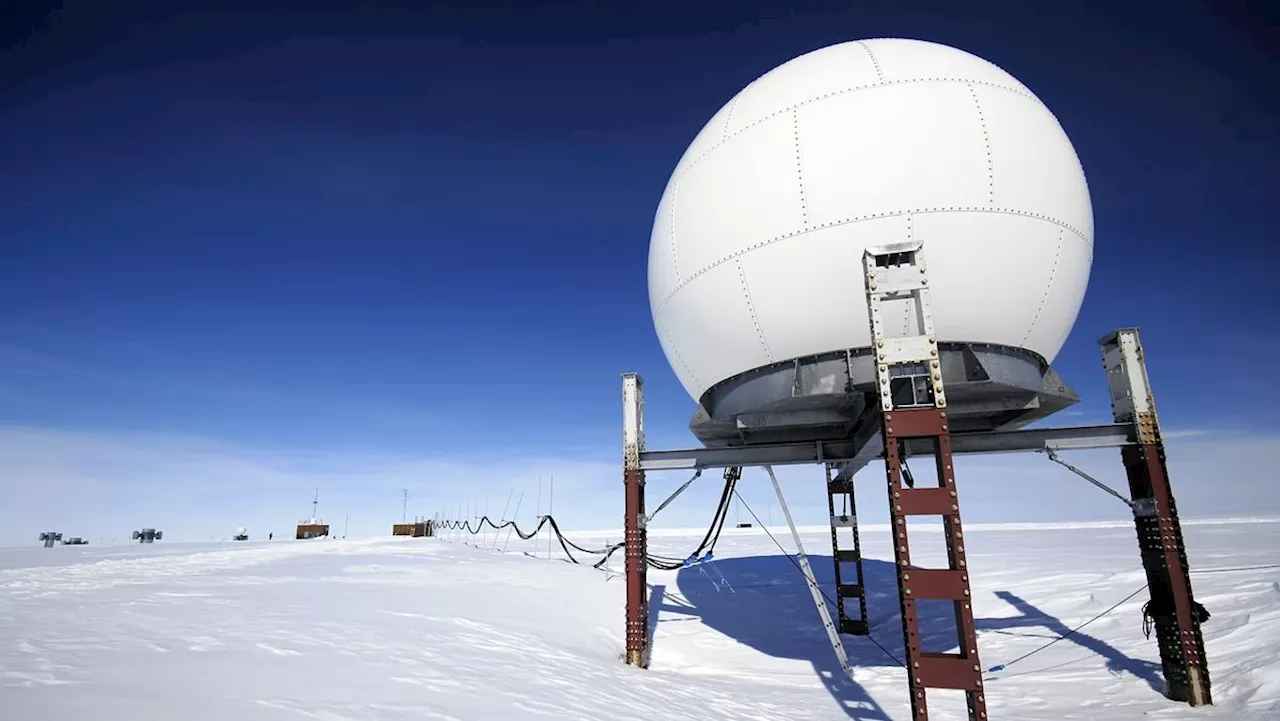Stephanie Pappas is a contributing writer for Live Science, covering topics ranging from geoscience to archaeology to the human brain and behavior.
This isn't the plot of a space soap opera; it's a finding from a trio of European Space Agency satellites known as Swarm. The research, published in the journal Earth, Planets and Space in April, finds that whereas STEVE appears before midnight and flows from east to west, a twin phenomenon occurs in the predawn hours, flowing in the opposite direction.
STEVE, it turned out, was not an aurora at all. It was a 15-mile-wide ribbon of charged gas categorized as a"subauroral ion drift." The gas was measured flowing westward at 4 miles per second — slower than the 6 miles per second motion of atmospheric gases on each side. Astronomers knew that, in a mirror image of the evening hours, a similar stream of gas flows eastward before dawn. However, no vibrant visual component like STEVE had ever been seen in association with this stream.
Sign up for the Live Science daily newsletter nowGet the world’s most fascinating discoveries delivered straight to your inbox.
United Kingdom Latest News, United Kingdom Headlines
Similar News:You can also read news stories similar to this one that we have collected from other news sources.
 Hear the Journey Tune Steve Perry Re-Recorded With Steve Lukather’s SonSteve Perry teamed up with Trev Lukather (son of Steve Lukather) and Nic Collins (son of Phil Collins) to re-record a 1986 Journey deep cut.
Hear the Journey Tune Steve Perry Re-Recorded With Steve Lukather’s SonSteve Perry teamed up with Trev Lukather (son of Steve Lukather) and Nic Collins (son of Phil Collins) to re-record a 1986 Journey deep cut.
Read more »
 Newfound autoimmune syndrome tied to COVID-19 can trigger deadly lung scarringStephanie Pappas is a contributing writer for Live Science, covering topics ranging from geoscience to archaeology to the human brain and behavior.
Newfound autoimmune syndrome tied to COVID-19 can trigger deadly lung scarringStephanie Pappas is a contributing writer for Live Science, covering topics ranging from geoscience to archaeology to the human brain and behavior.
Read more »
 Odd earthquake swarm in Central Europe hints at magma bubbling below the surfaceStephanie Pappas is a contributing writer for Live Science, covering topics ranging from geoscience to archaeology to the human brain and behavior.
Odd earthquake swarm in Central Europe hints at magma bubbling below the surfaceStephanie Pappas is a contributing writer for Live Science, covering topics ranging from geoscience to archaeology to the human brain and behavior.
Read more »
 Weird blobs lurking near Earth's core may have been dragged from the surfaceStephanie Pappas is a contributing writer for Live Science, covering topics ranging from geoscience to archaeology to the human brain and behavior.
Weird blobs lurking near Earth's core may have been dragged from the surfaceStephanie Pappas is a contributing writer for Live Science, covering topics ranging from geoscience to archaeology to the human brain and behavior.
Read more »
 Collapse of Earth's magnetic field may have fueled evolution of life 600 million years agoStephanie Pappas is a contributing writer for Live Science, covering topics ranging from geoscience to archaeology to the human brain and behavior.
Collapse of Earth's magnetic field may have fueled evolution of life 600 million years agoStephanie Pappas is a contributing writer for Live Science, covering topics ranging from geoscience to archaeology to the human brain and behavior.
Read more »
 30,000 years of history reveals that hard times boost human societies' resilienceStephanie Pappas is a contributing writer for Live Science, covering topics ranging from geoscience to archaeology to the human brain and behavior.
30,000 years of history reveals that hard times boost human societies' resilienceStephanie Pappas is a contributing writer for Live Science, covering topics ranging from geoscience to archaeology to the human brain and behavior.
Read more »
